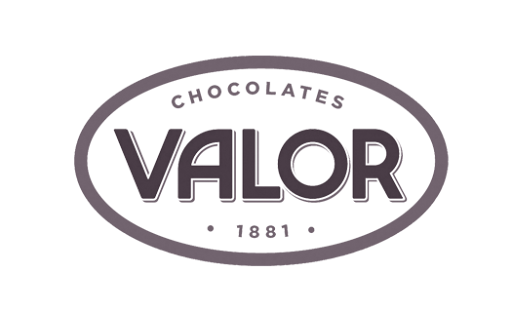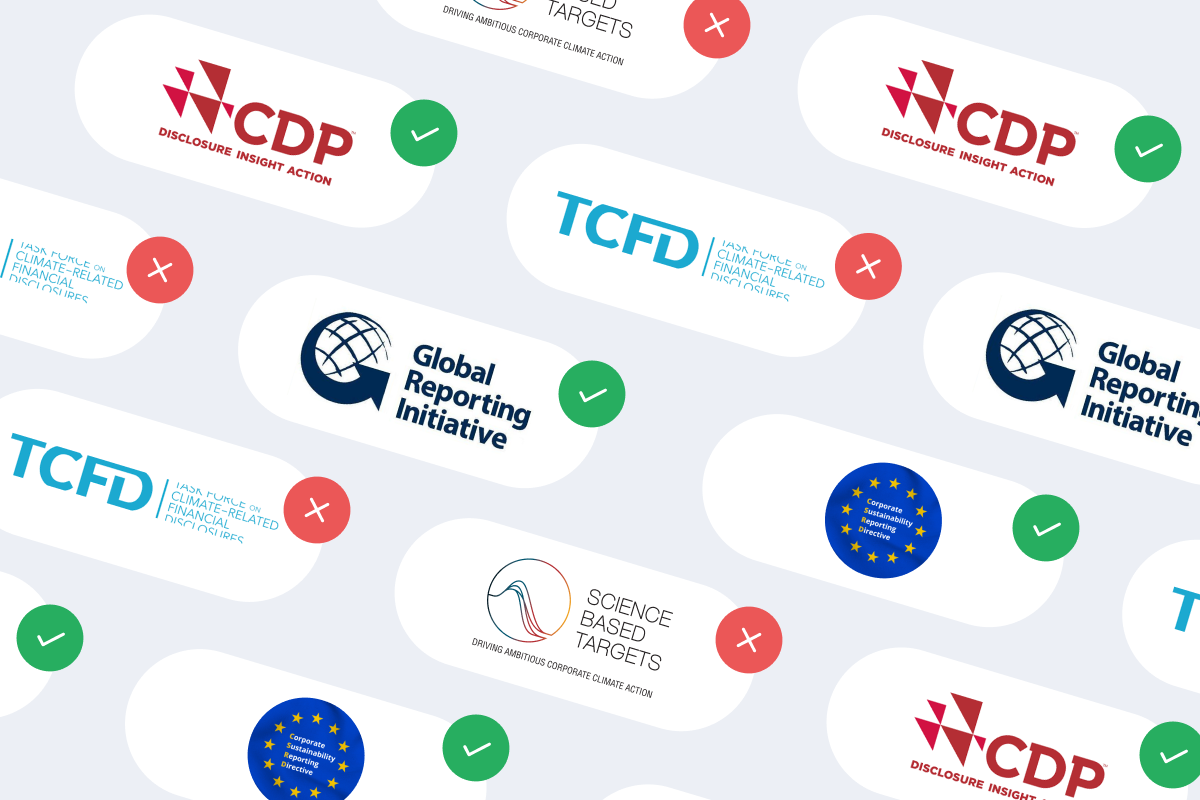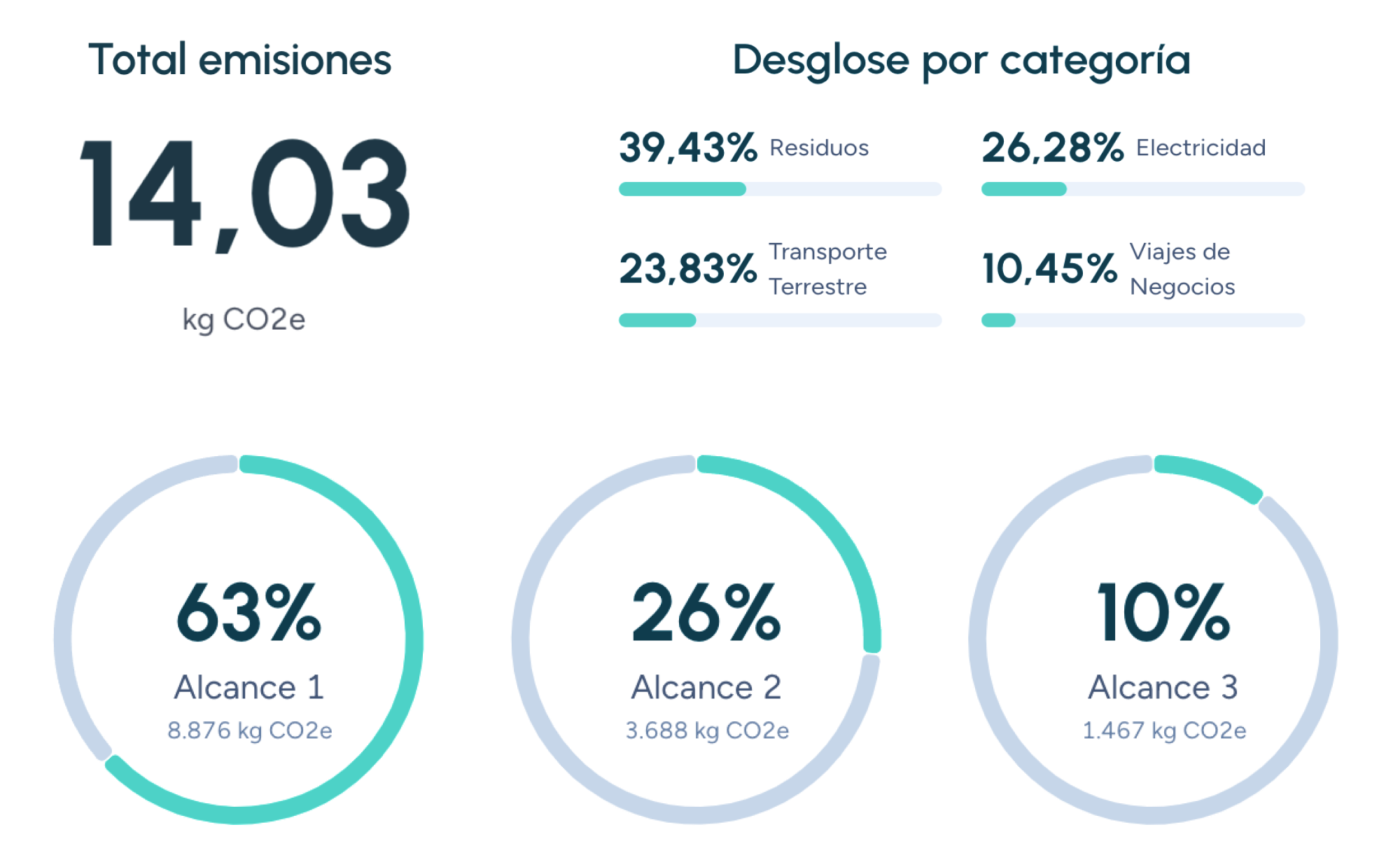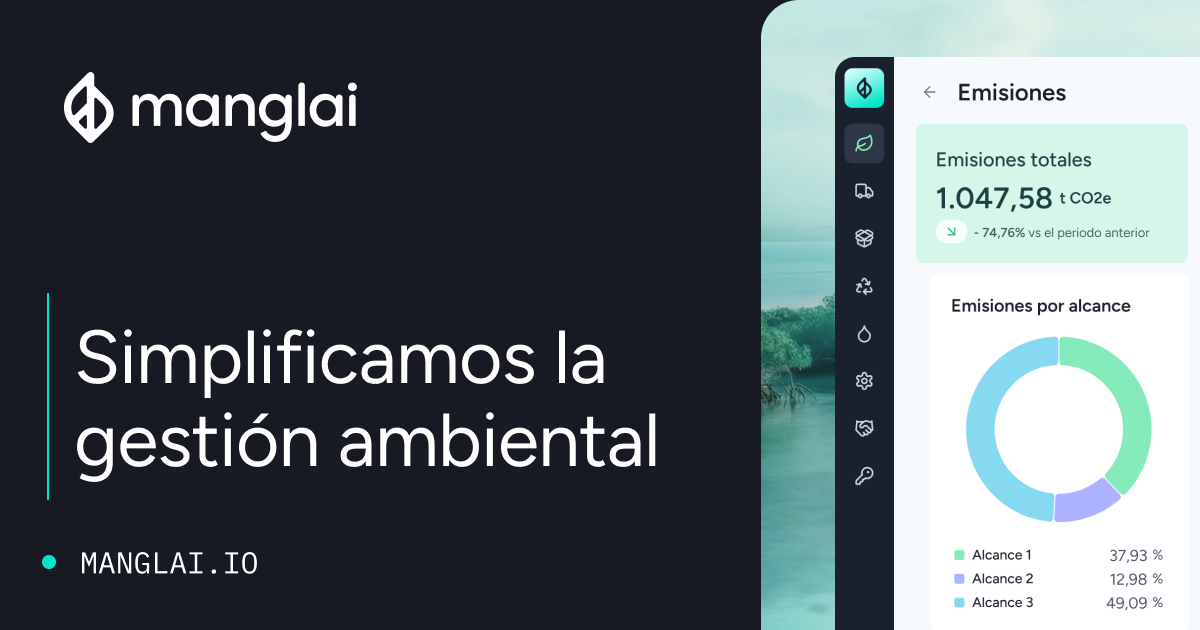Back to the blog
Core climate concepts
Differences between scope 1, 2, and 3 emissions
Andrés Cester
CEO & Co-Founder
When calculating a company’s carbon footprint, it's crucial to understand the different sources of greenhouse gas (GHG) emissions. The Greenhouse Gas Protocol (GHG Protocol), an international standard, classifies emissions into three scopes: 1, 2, and 3. This framework helps identify emission sources, establish targeted reduction strategies, and progress toward decarbonization.
Types of emission scopes
The GHG Protocol defines three main categories of emissions, each with unique characteristics:
Scope 1 Emissions: direct emissions
Scope 1 emissions are direct GHG emissions from sources that are owned or controlled by the company. These emissions result directly from operational activities and internal processes.
Strategies to reduce Scope 1 emissions include:
- Energy efficiency: Optimize processes to reduce energy consumption.
- Switch to cleaner fuels: Replace fossil fuels with alternatives like biogas or green hydrogen.
- Adopt clean technologies: Use more efficient equipment and low-emission technologies.
- Preventive maintenance: Detect and repair leaks in equipment and systems.
Even with reduction measures in place, some Scope 1 emissions may be unavoidable. In such cases, emission offsets through GHG capture or reduction projects can help neutralize the impact.
Scope 2 Emissions: indirect emissions from energy consumption
Scope 2 emissions include indirect GHG emissions from the production of electricity, heat, or steam consumed by the company but not generated on-site.
Strategies to minimize Scope 2 emissions include:
- Switch to renewable energy: Transition to solar, wind, hydro, or geothermal energy sources.
- Improve energy efficiency: Reduce overall energy use by optimizing processes and implementing efficient technologies.
- Purchase green energy: Acquire renewable energy certificates (RECs) to offset emissions associated with conventional electricity use.
Scope 3 Emissions: other indirect emissions
Scope 3 emissions cover all indirect GHG emissions across the lifecycle of a company’s products or services, excluding Scope 2 emissions. These emissions occur both upstream (suppliers) and downstream (customers) within the value chain.
Examples of Scope 3 emissions:
Upstream:
- Raw material acquisition
- Transportation and distribution of materials
- Business travel
- Supplier activities
Downstream:
- Transportation and distribution of sold products
- Product use and end-of-life disposal
- Waste management
- Capital investments
- Franchises
Scope 3 emissions often represent the largest portion of a company’s carbon footprint, frequently exceeding 50%.
Managing Scope 3 emissions can be challenging, as they involve diverse sources and limited control over third parties. However, these strategies can help:
- Collaborate with suppliers: Set sustainability criteria for supplier selection and work together to reduce emissions in the supply chain.
- Eco-design: Create products with a smaller carbon footprint by using recycled materials, enhancing resource efficiency, and prioritizing durability.
- Optimized logistics: Streamline transportation routes, use cleaner modes of transport, and consolidate shipments to lower transportation emissions.
- Waste management: Implement recycling and reuse programs for end-of-life products.
- Engage consumers: Educate customers about the environmental impact of products and promote responsible consumption practices.
We help you manage your carbon footprint
At Manglai, we understand the importance of comprehensive environmental management. Our platform, designed around the GHG Protocol and ISO 14064, allows you to accurately calculate your carbon emissions across all three scopes (1, 2, and 3) in real time.
Our tools help you:
- Organize and manage emission data.
- Identify areas for improvement.
- Create tailored decarbonization scenarios.
- Access a network of decarbonization partners.
- Generate auditable GHG reports.
Our mission is to support your journey toward sustainability by providing the tools and guidance needed to minimize your environmental impact.
Andrés Cester
CEO & Co-Founder
About the author
Andrés Cester is the CEO of Manglai, a company he co-founded in 2023. Before embarking on this project, he was co-founder and co-CEO of Colvin, where he gained experience in leadership roles by combining his entrepreneurial vision with the management of multidisciplinary teams. He leads Manglai’s strategic direction by developing artificial intelligence-based solutions to help companies optimize their processes and reduce their environmental impact.
Content
Companies that trust us

Dow Jones Sustainability Index: What it means for your business
Learn how the DJSI ranks companies and why it matters for corporate sustainability strategies.
07 May, 2025
The Environmental Performance Index: Measuring corporate impact
Learn how businesses can use the EPI to assess environmental impact and sustainability performance.
14 April, 2025
Carbon Neutral vs. Net Zero: What’s the difference?
Understand the key differences between carbon neutrality and net zero goals.
31 March, 2025
Guiding businesses towards net-zero emissions through AI-driven solutions.
© 2025 Manglai. All rights reserved
Política de Privacidad


